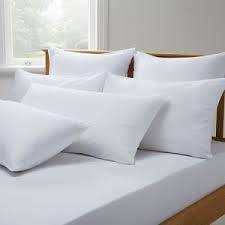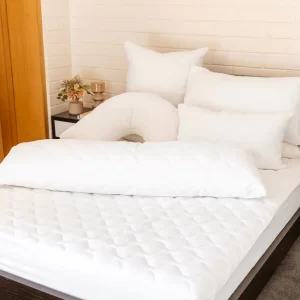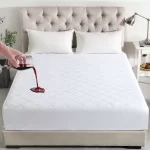7 Effective Strategies to Prevent Child Bed-Wetting
Bed-wetting, also known as nocturnal enuresis, can be a challenging issue for both children and parents to deal with. It’s essential to approach this situation with patience, understanding, and a proactive mindset. Fortunately, there are several strategies that can help prevent child bed-wetting and provide relief for families. In this blog post, we’ll explore seven effective strategies to address this common childhood issue.
- Understand the Causes
Before implementing prevention strategies, it’s crucial to understand the potential causes of bed-wetting. Common factors include a small bladder capacity, delayed physical development, genetic predisposition, and emotional stress. Identifying the root cause can help tailor your approach to prevention.
- Encourage Regular Bathroom Breaks
Ensure that your child uses the bathroom right before bedtime. Encourage them to empty their bladder as much as possible. Also, consider implementing a bathroom break routine during the night, even if it means waking your child briefly. Gradually, this routine may help train their body to hold urine for longer periods.
- Limit Fluid Intake Before Bedtime
To reduce the chances of bed-wetting, limit your child’s fluid intake in the hours leading up to bedtime. While it’s essential to keep them hydrated, try to schedule most of their daily fluids earlier in the day. Make sure to avoid caffeine-containing beverages, as caffeine can act as a diuretic and increase the likelihood of bed-wetting.
- Create a Comfortable Sleep Environment
A comfortable and inviting sleep environment can help reduce anxiety and improve sleep quality, which can indirectly aid in preventing bed-wetting. Ensure your child’s bedroom is cozy, well-ventilated, and at a comfortable temperature. Using waterproof mattress protectors and easy-to-change bedding can also minimize stress associated with accidents.
- Positive Reinforcement and Reward System
Motivate your child to stay dry at night by implementing a positive reinforcement and reward system. Create a chart where they can mark dry nights with stickers, and after a certain number of consecutive dry nights, offer a small reward. This approach can boost their confidence and make staying dry a goal they actively work towards.
- Encourage Toileting Skills During the Day
Teach your child proper toileting skills during the day, such as ensuring they fully empty their bladder when using the bathroom. Encourage them to listen to their body’s signals and respond promptly. This helps them become more aware of their bladder sensations, which can translate into better night time control.
- Seek Professional Guidance
If bed-wetting persists despite your efforts, it may be time to consult a healthcare professional. They can assess your child’s situation, rule out any underlying medical conditions, and provide guidance on more specialized treatment options. In some cases, bed-wetting alarms, medications, or behavioral therapy may be recommended.
Conclusion
Preventing child bed-wetting is a collaborative effort between parents and their children. By understanding the causes, implementing practical strategies, and maintaining patience and empathy, you can help your child overcome this common childhood issue. Remember that each child is unique, and what works best may vary from one individual to another. With dedication and support, most children can eventually outgrow bed-wetting and enjoy peaceful, dry nights.
Cover and Protect have a range of bedwetting mattress protection products




